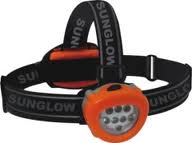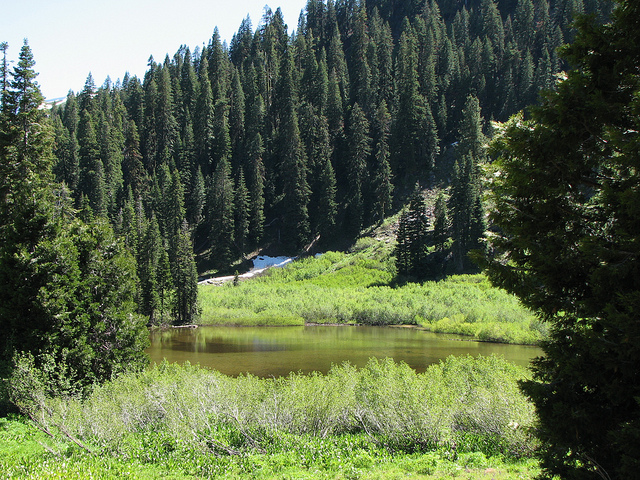Hiking Headlamp
So you're going for a day hike, just a few miles out and back. The hike is supposed to take 4 hours so you play it safe, allowing 6 hours of sunlight. This plan is conservative and safe, until you lose the trail or misread the map. You now find yourself 4 miles deep, the sun is setting, and you can't figure out which way you came from. Although you're not going to die out there, life is going to be pretty miserable if you neglected to bring a headlamp. Light keeps you safe. Things like snakes, poison oak, and potholes (think: twisted ankle) become serious issues in the dark.

For $20-45, you can purchase a headlamp that will pay for itself the first time you use it. They weigh a few ounces and are so small they fit in your pocket (although better off keeping it in the pack). The advantage of a headlamp over a traditional flashlight is that you have both hands free and it points in the direction you are looking. Every experienced hiker carries a headlamp wherever they go. Mine literally never leaves my pack unless it's being used. It's just plain foolish not to have one, considering its size and weight.
There are plenty of options out there when buying a headlamp. If you go with a major brand like Petzl or Black Diamond, you can't really go wrong.The Petzl Tikka XP2 is top of the line. The reason I would justify spending the extra money on this light is because it is brighter than others, while also featuring a red mode. A red light is useful for a few reasons. Animals are not scared away by red light like they are white, and red light cannot be seen as easily from a distance by humans either. It also does not ruin your night vision like turning on a bright, white light will.
The Black Diamond Spot is my favorite. For about $40, you get all of the features of the Petzl Tikka XP2, plus infinite dimming. This means instead of having 3 brightness settings, you hold the switch while the light slowly dims to the exact brightness you need. This light is outstanding.
Hiking Headlamps For Extreme Hiking
While the headlamps are useful as a precaution in case darkness falls before you are able to find your way out of the park, some people like to do evening or over-night hiking and they need some sort of light to see their way around. There are many forms of hiking that might be considered by some to be extreme hiking. Some of these types of trips are night hikes, extra long multi-day trips, and trips where the purpose is to get yourself lost and see if you can find your way out. All of these sorts of hikes just about necessitate that you bring along a headlamp of a flashlight (much less convenient) with you.
One fascinating kind of outdoor trip is a night-time adventure to see if you can spot nocturnal wildlife. You yourself will need some sort of a light because otherwise the moon is your only source of light.
Safety Considerations
Whatever you do, make sure your headlamp will work when you need it to work. That means making sure you have:
- Spare new batteries
- Spare light bulb or LED (whatever the headlamp requires)
- It is packed in your gear in a way that it can not be damaged during the trip
- Test that it works a few hours before nightfall

